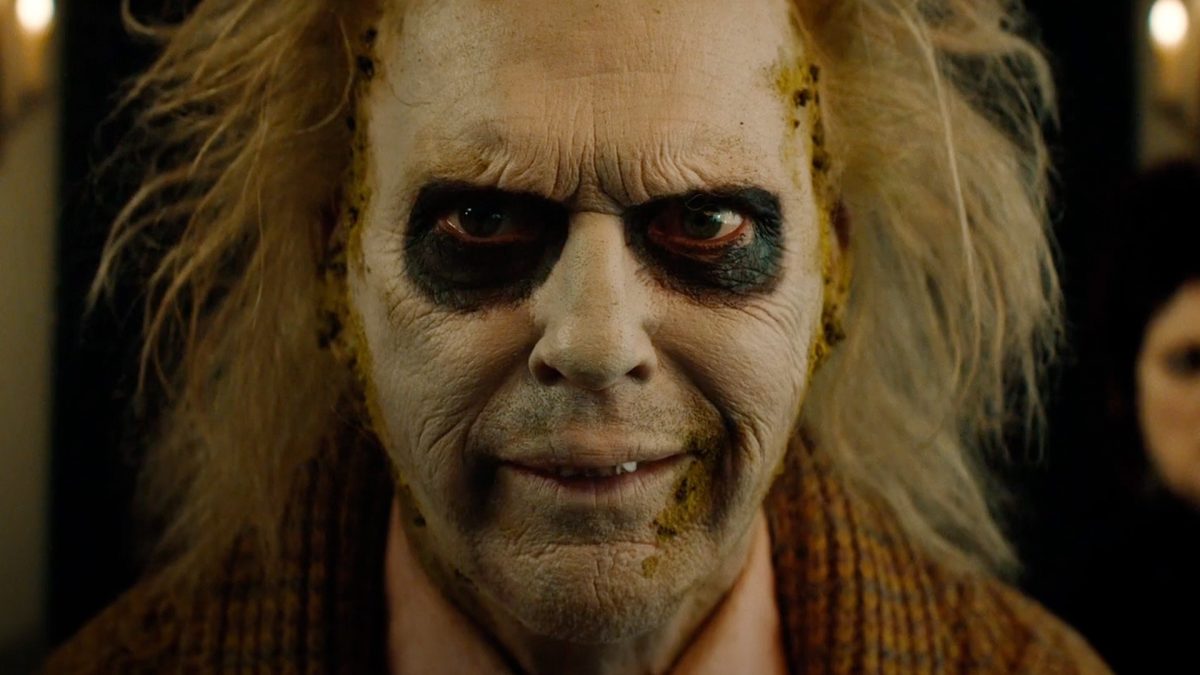Nebraska is lacking harm reduction services
September 24, 2021
Harm reduction is a strategy used to mitigate danger for people using drugs. It’s not just one thing, but rather an approach to the situation. Harm reduction can include services like overdose prevention, providing clean syringes and distributing naloxone.
The efforts are all aimed at keeping people alive and as safe as possible while they are using drugs. This is different from the approach of a rehabilitation programs, where people are required to entirely stop using drugs.
According to Lisa Raville, the executive director of the Harm Reduction Action Center in Denver, “Our goal with harm reduction is to meet people where they’re at”.
In Nebraska, there are currently no harm reduction centers, even though 161 Nebraskans died of drug overdose in 2019 according to the CDC. And syringe exchanges, one of the cornerstones of harm reduction, are actually illegal in Nebraska because of drug paraphernalia laws.
Syringe exchange is a harm reduction tactic where used needles are traded in for clean ones. The purpose of this is to stop the transmission of HIV and Hepatitis C.
The public perception that comes with these programs can be hard to get past. “The United States has never had a good conversation around drug use. A lot of it is just chipping away at misinformation,” said Raville.
On the federal level, syringe exchanges are not illegal. This means it’s up to the state’s legislatures to decide whether or not to allow for them. But in Nebraska, even the most progressive state senators aren’t pushing for legalization. The last time someone tried to pass a bill in Nebraska to legalize syringe exchanges was in the 1990s.
According to Raville, harm reduction is needed now more than ever because of the effects of COVID-19. The pandemic has led to the worst overdose crisis that America has ever seen due to the widespread social isolation and relapse.
“If stigma, shame and incarceration worked to prevent drug use, we would have ended this a long time ago,” said Raville. “But all those do is push drug use underground, where people get preventable chronic diseases like HIV and die of overdose.”













